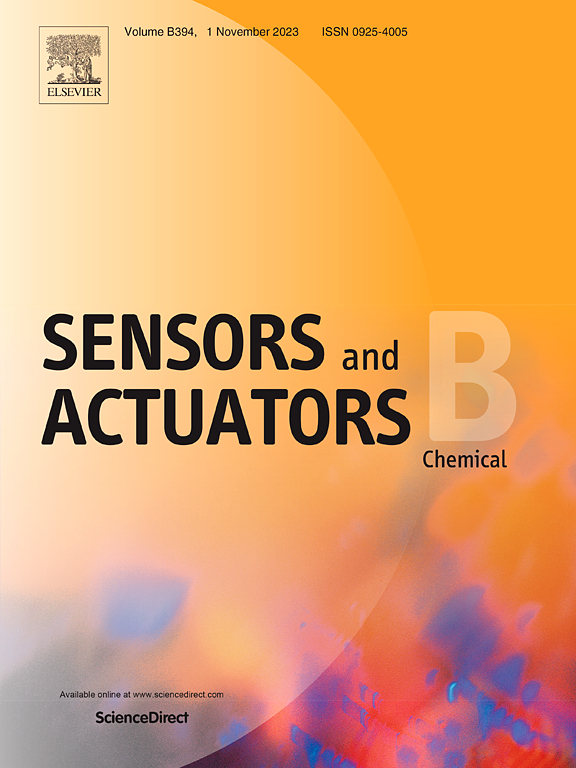Artificial intelligence-based gastric cancer detection in the gastric submucosal dissection method via hyperspectral imaging
IF 8
1区 化学
Q1 CHEMISTRY, ANALYTICAL
引用次数: 0
Abstract
Although endoscopy is a standard diagnostic tool for detecting gastric cancer, challenges persist in identifying cancer and assessing tumor extent, particularly in stomachs with atrophy and intestinal metaplasia. To address this issue, we aimed to introduce a novel, compact hyperspectral imaging system with artificial intelligence (AI) that utilizes structured illumination and hyperspectral imaging to diagnose gastric cancer based on intrinsic tissue optical properties. The optical properties of three types of gastric tissue (normal, adenoma, and gastric cancer) obtained from nine patients collected via endoscopic submucosal dissection were analyzed. Our findings reveal that cancer tissue displays unique optical properties, such as low reduced scattering coefficients and distinct reflectance spectral profiles when compared to normal and adenoma tissues. However, it was challenging to diagnose gastric cancer accurately using optical properties with conventional analysis methods due to their heterogeneity. Therefore, we employed a Vision Transformer model with a supervised learning approach to accurately classify tissue types based on intrinsic optical properties. To accurately train the AI model, we devised a novel image processing method to obtain single-pixel level ground-truth labeling data by aligning pathology results and imaging data. The trained AI model successfully demonstrated its ability to diagnose gastric cancer accurately in the nine patients studied. Given its compact design and rapid imaging capabilities, the proposed optical system can be a versatile clinical tool for on-site endoscopic diagnosis and could potentially aid in complete endoscopic tumor removal.
求助全文
约1分钟内获得全文
求助全文
来源期刊

Sensors and Actuators B: Chemical
工程技术-电化学
CiteScore
14.60
自引率
11.90%
发文量
1776
审稿时长
3.2 months
期刊介绍:
Sensors & Actuators, B: Chemical is an international journal focused on the research and development of chemical transducers. It covers chemical sensors and biosensors, chemical actuators, and analytical microsystems. The journal is interdisciplinary, aiming to publish original works showcasing substantial advancements beyond the current state of the art in these fields, with practical applicability to solving meaningful analytical problems. Review articles are accepted by invitation from an Editor of the journal.
 求助内容:
求助内容: 应助结果提醒方式:
应助结果提醒方式:


